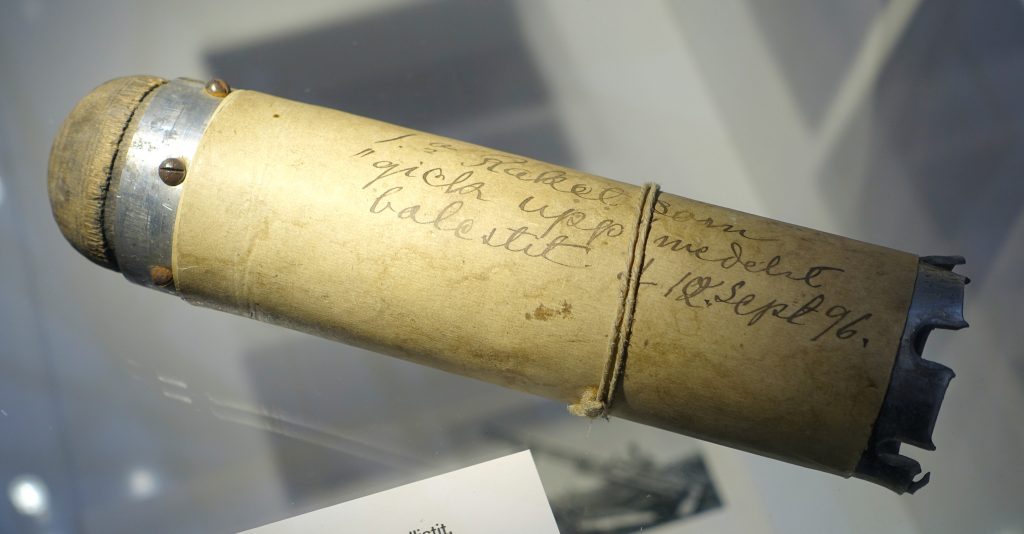Alfred Nobel Facts & Inventions
The scientist Alfred Nobel, after whom the Nobel Prize is so called, was born in Stockholm in 1833.
At 4 years old, however, his father, an engineer, moved to St. Petersburg to work in an explosives manufacturing factory.
When Alfred was 9, he and his family moved out to join him.
When he was young, Nobel helped work in his father’s factory.
There, he developed an interested in explosives and wanted to study how they work. The new job also allowed Nobel’s family to hire tutors for their children.
With his private tutors, Alfred learned four languages in addition to his native Swedish, and became very good at Chemistry.
His studies eventually took him to spend a year in Paris at age 18 and then 4 years in the United States.
After his education, he moved back to St. Petersburg to work again in his father’s manufacturing factory to assist the military during the Crimean War. After the war ended, Alfred moved back to Sweden to continue his research.
Scientific Discovery
Alfred enjoyed conducting experiments with explosives in a laboratory on the Nobel property. Back then, the explosive used for mining was a type of gunpowder known as black powder.
Nobel wanted to explore further with a new, more powerful explosive.
This new explosive, nitroglycerin, was dangerous to touch. But Alfred was interested in exploring it capabilities, so he developed a manufacturing and research facility specifically for nitroglycerin in 1862.
The following year, Nobel designed a detonator that contained black powder and liquid nitroglycerin.
Later, in 1865, he developed an improved model of this detonator that he called a blasting cap.
Nitroglycerin alone, however, was still very hard to handle and move without serious danger. Unfortunately, this led to one of his nitroglycerin factories exploding, causing the death of Alfred’s brother Emil, among others.
After this tragic event, Alfred worked to ensure that the safety standards of his factories were up to the regulations known to be effective at the time, but he did continue building nitroglycerin and blasting cap factories.
Eventually, in 1867, Nobel invented a new explosive altogether: dynamite, which he named from the Greek word for power.
Excitingly, this substance, while just as powerful, is much safer to use and handle than nitroglycerin.
Impact
Dynamite is the invention that made Alfred Nobel famous, and it became very useful in the formation of tunnels, roads, and railroads. Throughout the late 1800s, Nobel continued building his dynamite factories around Europe and North America.
His continued work on explosives led to further discoveries, such as blasting gelatin, which he discovered in 1875, and ballistite, which he discovered in 1887.
Later Years
He spent the rest of his life expanding his businesses, along with his brothers, and engineering new inventions that would help advance science and technology for years to come.
He passed away from illness in 1896.
His most well-known legacy was founded after his passing, by request in his will. He had requested that his fortune be used to found the most revered international award for scientific achievement, the Nobel Peace Prize.







